Making Something from this Experience: Sources to support orientation and creation in the midst of the pandemic
Author: Alythea McKinney
Posted by Alythea

“Mask Shows Individuality of Wearer — Fancy Indulged in Various Styles,” into her diary and scrapbook.
“The value of recalling past plagues was the simple fact of their being past. … Looking backwards was a relief from a present dominated by the epidemic, and from the plague’s warped temporality: the interruption of civic and liturgical rhythms and the ordinary cycle of life and death. Where ‘an epidemic denies time itself,’ history restores it, and offers something like orientation—even, dare we say, hope.”
— Spencer J. Weinreich. “What has Athens to do with London? Plague.” Journal of the History of Ideas Blog, March 12, 2018.
“I want to offer a word of encouragement to create, to make something from this experience … a kind of opening out into the world with a creative gesture. … I think that might be helpful to folks who are struggling with the four walls of their quarantine. It’s a way to transcend that enclosure. We all need that.”
— Rafael Campo in Lydialyle Gibson. “We Can Endure.” Harvard Magazine website, April 17, 2020.
Introduction
Historical documentation of epidemics, from the Plague of Athens forward, often focuses on horrific symptoms and overwhelming rates of death. The sources here, chosen for grade 5-12 teachers and students (though others will find them interesting as well!), focus instead on people who aren’t sick (or are only mildly sick) as they try to avoid infection and wait for work and school to reopen.
In exploring these sources we discover, often through details that resonate deeply for us as we navigate the waves of Covid-19, how the experience of a pandemic shapes the lives of the authors. And the parallels with our lives help to assure us that our pandemic, like theirs, will end.
We also observe and ponder what they make of the experience — how they capture it, and even transform it, by creating something themselves, and something we, today, inherit — whether it is a vision for or critique of society, a work of art, or essential evidence of an extraordinary event in what is now the past.
Whether you fill a diary or scrapbook, write stories or poems, draw cartoons or illustrations or the views from your windows, we hope these sources also inspire your work or reflections, which are needed to document our times in the present, and which are essential contributions to the future.
This list includes a reasonable number of particularly compelling items — it isn’t meant to be in any way comprehensive. The sources appear in chronological order within categories. For the Critical Explorers Source Exploration Guide, click here. To receive information about our workshops and other professional development opportunities, join our mailing list.
Historical and Contemporary Texts
“The waterman,” an excerpt from A Journal of the Plague Year
Excerpt from Daniel Defoe. A Journal of the Plague Year: Being Observations or Memorials of the most remarkable occurrences, as well publick as private, which happened in London during the last great visitation [of the plague] in 1665. Written by a CITIZEN who continued all the while in London. 1722.
“… ‘How do you live, then, and how are you kept from the dreadful calamity that is now upon us all?’” the narrator asks the poor man he meets at the beginning of this excerpt. “‘I am a waterman, and there’s my boat,’ says he, ‘and the boat serves me for a house.’” Asked next how he earns any money, the waterman points out a number of vessels anchored nearby. “‘All those ships have families on board, of their merchants and owners, and such-like, who have locked themselves up and live on board, close shut in, for fear of the infection; and I tend on them to fetch things for them, carry letters, and do what is absolutely necessary, that they may not be obliged to come on shore; and every night I fasten my boat on board one of the ship’s boats, and there I sleep by myself, and, blessed be God, I am preserved hitherto.’…”
For more details of the waterman’s life — he goes to great lengths to remain uninfected — read the rest of this passage here. The full text of the book (which includes a longer section about the waterman) is available at Project Gutenberg here.
“A ‘Fluey’ Diary”
Montana Historical Society. “A ‘Fluey’ Diary, 1918.” Montana: The Magazine of Western History 37:2 (Spring 1987), pp. 62-64.
A Montana State College student, a member of the Student Army Training Corps, documented the year of the influenza epidemic through short diary entries accompanied by entertaining drawings. “Moved my sleeping quarters to Montana hall today,” he writes on October 8th. “There is a whole bunch of us quartered there. It’s pretty cold, too. They make us air our blankets, so we drape them on the outside of the building and pull them in with a fish pole and hook. Real sport, I’d say.”
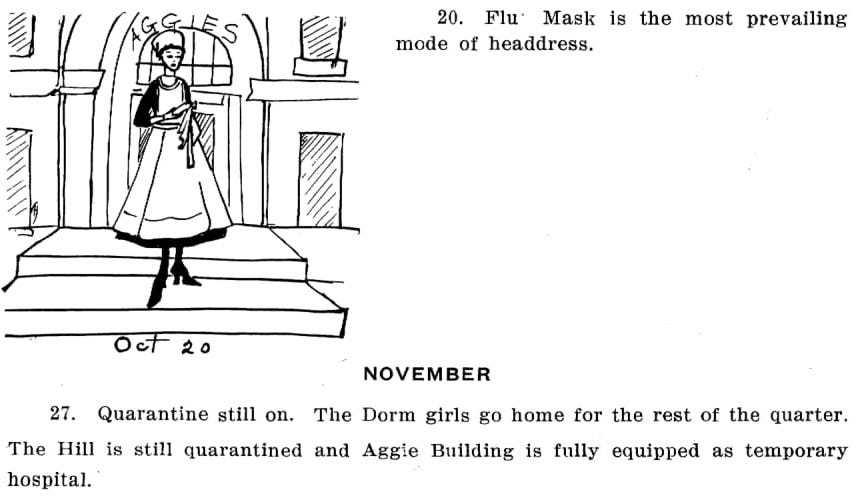
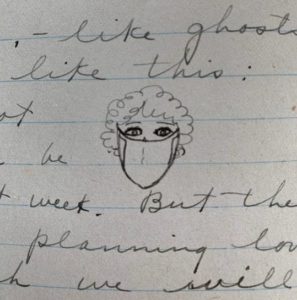
Find more of the student’s diary — along with more of his cartoons — here.
Excerpts from the diary of Violet Harris, age 15
Elizabeth Weise. “Before coronavirus, Seattle was under siege by the deadliest flu in history. Here’s what life was like.” USA Today, March 7, 2020.
This article features excerpts from the diary and scrapbook of Violet Harris, who was 15 and a high school junior during the flu epidemic in 1918. On October 28th, she writes, “It says in to-night’s paper that to-morrow all Seattle will be wearing masks. No one will be allowed on a streetcar without one. Gee! People will look funny — like ghosts.”
Read more here.
Poem: “My Mother Remembers the Spanish Influenza”
John Ratti. “My Mother Remembers the Spanish Influenza” (poem). The New Yorker, September 17, 1979, p. 42.
In this poem, the narrator heard the influenza “come over on the streetcar, / hissing and snapping to itself / as it crossed the river, / And when the car stopped at the foot of our hill, / the bell rang twice, the flu got off / and burst inside my head / like sparklers on the Fourth of July.…”
You can access the poem in the New Yorker archive here if you happen to have a password.
The poem is also transcribed online here. There are a few typos in this version. Please contact us for more information.
“Reflections Growing Out of the Recent Epidemic of Influenza that Afflicted Our City”
Rev. Francis J. Grimké. “Some Reflections Growing Out of the Recent Epidemic of Influenza that Afflicted Our City.” A Discourse Delivered in the Fifteenth Street Presbyterian Church, a major African-American congregation in Washington, D. C., November 3, 1918.
After affirming the wisdom of government actions to close schools and churches and restrict gatherings, Grimké contemplates “how completely [the epidemic] has shattered the theory, so dear to the heart of the white man in this country, that a white skin entitles its possessor to better treatment than one who possesses a dark skin. … During this epidemic scourge, if he gave any thought to the matter, if a particle of sense remained in him, he must have seen the folly of counting upon a white skin. Did the whiteness of his skin protect him?” Excerpts are included here, along with a link to the full text of the reflections.
“… Conditions may arise in a community which justify the extraordinary exercise of powers that would not be tolerated under ordinary circumstances. This extraordinary exercise of power was resorted to by the Commissioners in closing up the theaters, schools, churches, in forbidding all gatherings of any considerable number of people indoors and outdoors, and in restricting the numbers who should be present even at funerals. The ground of the exercise of this extraordinary power was found in the imperative duty of the officials to safeguard, as far as possible, the health of the community by preventing the spread of the disease from which we were suffering. There has been considerable grumbling, I know, on the part of some, particularly in regard to the closing of the churches. It seems to me, however, in a matter like this it is always wise to submit to such restrictions for the time being. If, as a matter of fact, it was dangerous to meet in theaters and in the schools, it certainly was no less dangerous to meet in churches. … And so, anxious as I have been to resume work, I have waited patiently until the order was lifted. … All the churches, as well as the community at large, are going to be the stronger and better for this season of distress through which we have been passing. …
“Let us hope … not only for the sake of people of color, but also for the sake of the white people themselves that the great lesson as to the folly of race prejudice—of assuming that a white skin entitles one to better treatment than a dark skin, which this epidemic has so strikingly taught, may not be lost upon them. It is a lesson which for their own sake it is well for them to learn. It will be better for them here, and it will be better for them hereafter, if they learn it, and learn it well. And, of course, it will be better for us as a race in this country. It will remove out of the way some very serious obstacles to our progress, and will relieve us of many of the disagreeable things that we are at present forced to endure, though not without protest.”
Read Grimké’s full text at HathiTrust here.
“My First Sunday in Confinement”
Mariana Mégevand, “Quarantine Stories: My First Sunday in Confinement.” Greece Is Blog, March 18, 2020.
Quarantined with her roommate in Athens during the Covid-19 pandemic, the author sifts a story from an apparently uneventful life:
“…Our favorite activity in these times of isolation is to play backgammon on the balcony while observing and commenting on everyone and everything passing by the street below, like two old ladies spying on their neighborhood. … We were quietly engaged in our second-favorite activity (reading about COVID-19 online while sitting on the couch) when we heard voices coming from the street: in a flash, we were practically hanging over the balcony trying to understand what was happening….”
Read the full post here.
Historical Illustrations, Notices, and Advertisements
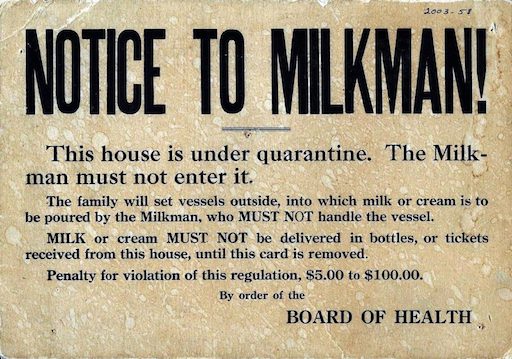
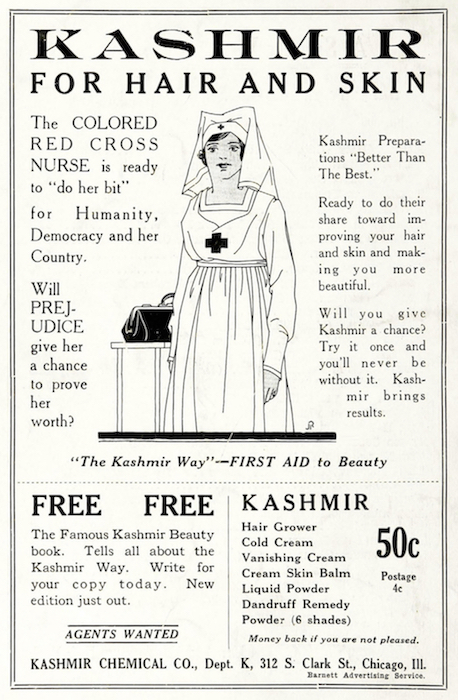
for the Advancement of Colored People), August 1918.
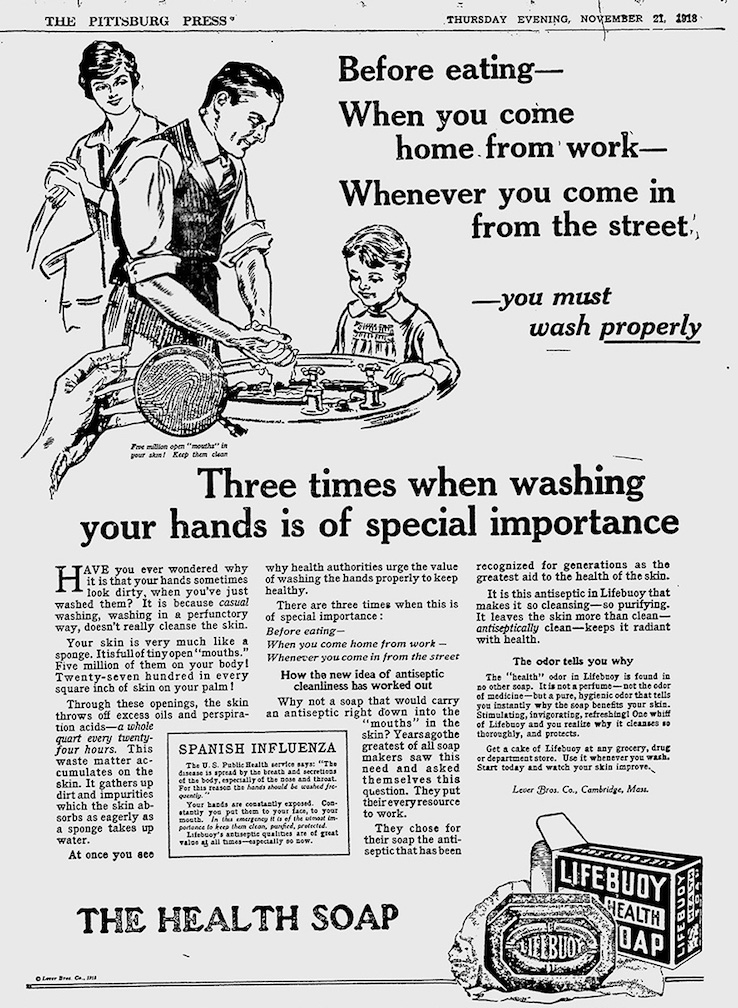



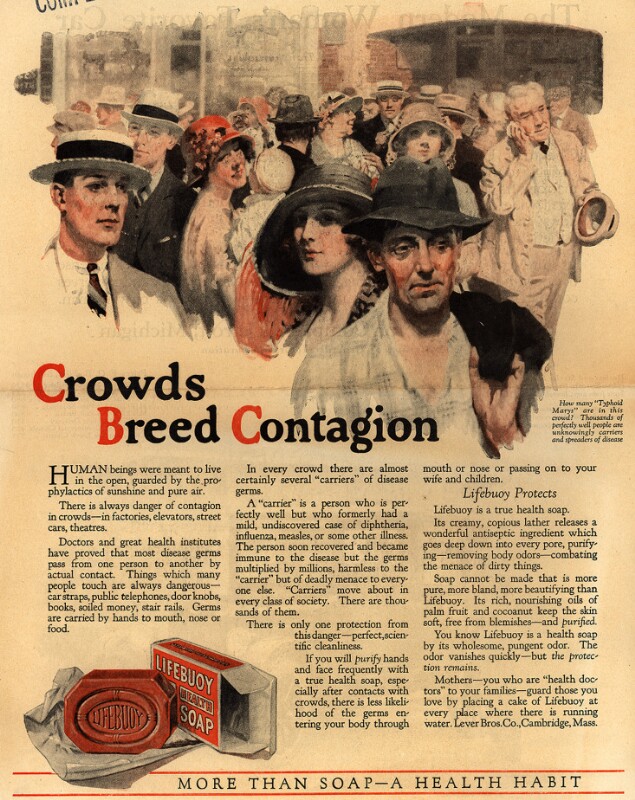
More Inspiration for Journals and Drawings —
Plus Some Ways Students (and Anyone!) Can Share Their Work
The City Out My Window
Matteo Pericoli, The City Out My Window: 63 Views on New York. New York: Simon and Schuster, 2009 — for example, pages 44-45, 96-97, 108-109 .
This book, in digital form, can be borrowed from the Internet Archive here.
“Personal Views on the City.” The New York Times, November 11, 2009.
View this slide show of drawings from the book here.
Today’s Quarantine Diaries
Amelia Nierenberg, “The Quarantine Diaries: Around the world, the history of our present moment is taking shape in journal entries and drawings.” The New York Times, March 30, 2020.
Read this article, which is illustrated with excerpts from contemporary journals, here.
“What Historians Will See When They Look Back on 2020”
Audra D. S. Burch, “What Historians Will See When they Look Back on the Covid-19 Pandemic of 2020: Universities and institutions are inviting the public to share their experiences during the 2020 coronavirus pandemic and its aftermath.” The New York Times, April 15, 2020.
Read this article, which includes links to several options for sharing, here.
If you need more information about any of the sources, please contact us.